Planning an autumn family vacation in Asia is not only affordable, it's also the best time of year to travel the region as countries such as India, China and Japan come to life with autumn festivals celebrating religion, culture and the harvest. In many areas, the summer heat has abated, the rains have stopped, and airfares have fallen as days in the northern hemisphere begin to shorten. If you’re heading east or west to India, Japan or China this fall, there are plenty of festivals for you and your family to enjoy. Plan ahead and be sure to book hotel rooms early.
September Celebrations: Faith, Floats, Families
India's Ganesh Chaturthi Festival is in honor of Ganesha, the elephant-headed deity who is recognized as the Remover of Obstacles and the Lord of Beginnings. It begins in August or September, depending on the calendar, and lasts for 10 days. This year it begins on September 1st. While the festival is celebrated all over India, it is most flamboyant in Mumbai. Various communities, residential blocks, streets, markets, wealthy merchants and organizations put up pavilions or mandaps, with an image of Ganesh, usually quite lavish. Neighboring communities usually compete for the largest and most ornate replica. The Ganesh festival can be considered a public declaration about the place of religion in contemporary Indian society. Remember the vitality of Mumbai residents in the Academy Award-winning film, "Slumdog Millionaire"? Visitors to Mumbai during this period will witness the liveliness of Indian communities, the strength of popular artistic and artisan traditions, and the malleability of an Indian deity who can be used to celebrate almost any achievement.
Japan’s Danjiri Festival at Kishiki Shrine in Kishiwada City, Osaka, takes place on September 14th and 15th. A danjiri is a traditional type of wooden float, decorated with various ornaments. About 30 of these floats, each representing different neighborhoods, parade around the whole day and ram into each other when they encounter one another. Thus, this is also referred to as the Fighting Festival. On the second day of the festival, the gigantic floats are drawn as fast as possible around town. The highlight of the festival is watching the floats go around the corners of narrow streets at high speed, ending at the site of Kishiwada Castle.
On the 15th day of the eighth lunar month in the Chinese calendar, China holds its Moon Festival. This usually falls in September or October. Farmers celebrate the end of the harvest and the holiday encourages families to get together, as the round shape of the moon also symbolizes the family reunion. Moon cakes (round pastries filled with bean paste, fruit or jam) are the main food of the festivities, and are often piled 13 high in pyramids to represent the months of the lunar calendar year. People feast on moon cakes, gaze at the moon and spend time with their families. They also hang colorful paper lanterns all over their houses and adorn their supper tables with round fruits.
October: Battle of Rama
Dussehra is an Indian Festival that takes place after nine days of Navaratri celebrations, which commemorate the death of the demon Ravana by the good king Rama, signifiying the triumph of good over evil. Most Hindu communities around the country celebrate Dussehra with great fanfare. During the festival, professional dance companies and amateur troupes act out the Ramleela, or the story of Rama. Young men and small boys dressed as Rama (forces of good), his brother Lakshman, Ravana (forces of evil), and other players in the drama proceed through the streets of the community as part of an elaborate float. Rama and Ravana engage in a battle and Ravana is defeated. Rama then fires an arrow into the huge effigies of the sons of Ravana, Meghnada and Kumbhakarna (lethargy and laziness, respectively), which are stuffed with crackers and explosives. The “Victory to Rama” is celebrated with a large explosion in the sky. In Bengal, Dussehra is celebrated as Durga Puja, and idols of the goddess Durga are worshipped for nine days before being immersed into a body of water. In Mysore, caparisoned elephants in ornate "jewelry" lead a colorful procession through the streets of the city. totally delighting onlookers.
Light & Renewal in November
During three days in early-November, Karatsu City in Japan hosts the Karatsu Kunchi, a festival that includes rhythmical music and large floats called Hikiyama. It starts during the evening, with paper lanterns adorning the Hikiyama. On the second day, the portable shrine of Karatsu leads the way of the Hikiyama to Nishinohama, a sandy beach. On the third day, teams dressed in the traditional uniforms of Edo Period firefighters pull the floats through their neighborhoods, and then return the Hikiyamato their storage place, the Hikiyama Float Exhibition Hall. A funny side note: During the festival, no one is criticized for not observing good manners.
One of the most well-known of the Indian Festivals, Diwali takes place in the first or second week of November. The date for this festival changes every year depending on the position of the moon. For Hindus, this is one of the most important holidays of the year. People light small oil lamps and place them around the home and the perimeters of the property. The celebration of the festival includes an explosion of fireworks and the exchanging of sweets. The “festival of lights,” as it’s colloquially known, signifies the return of Rama after defeating Ravana, and the renewal of life (and accordingly, it is also common to wear new clothes on the day of the festival).
Trip Planning Details for the Asian Festival Circuit
Within India, Japan and China, many families travel to visit relatives or enjoy the festivities in the major places of celebration. For more information and specific schedules for each of these religious celebrations, visit the national tourist offices, where you can also get assistance with local hotels and transportation.
Japan National Tourist Organization: 212/757-5640; www.jnto.go.jp
China National Tourist Office: 888/760-8218; http://www.cnto.org/
India Ministry of Tourism: 212/586-4901; www.incredibleindia.org
Dear Reader: This page may contain affiliate links which may earn a commission if you click through and make a purchase. Our independent journalism is not influenced by any advertiser or commercial initiative unless it is clearly marked as sponsored content. As travel products change, please be sure to reconfirm all details and stay up to date with current events to ensure a safe and successful trip.

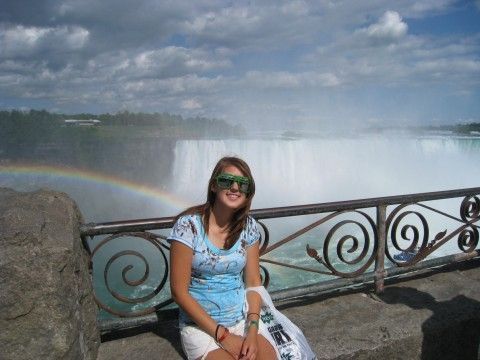
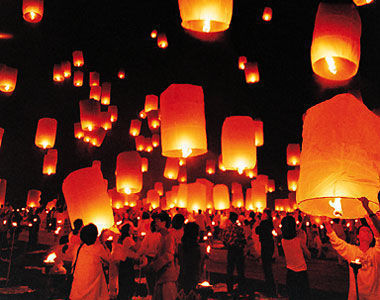
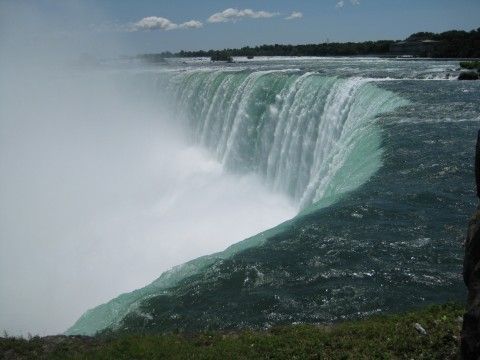
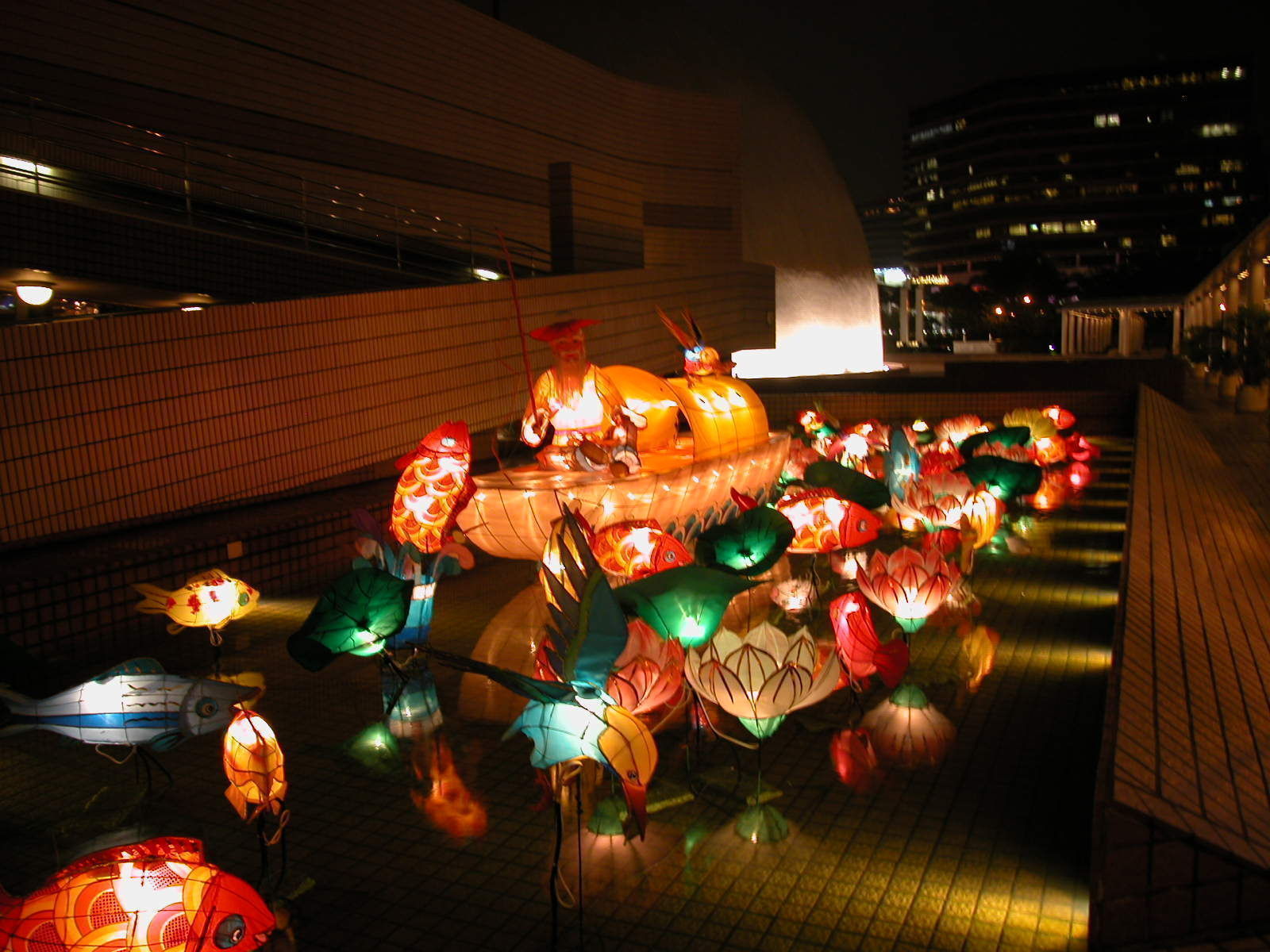
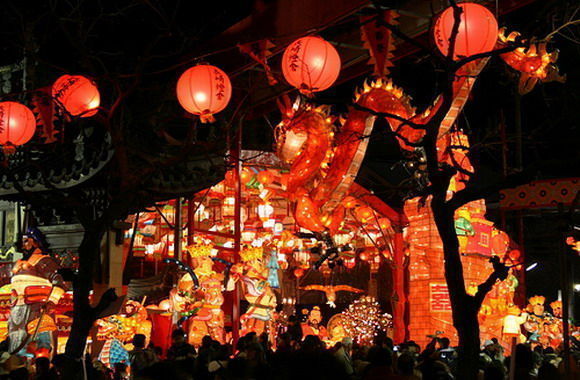
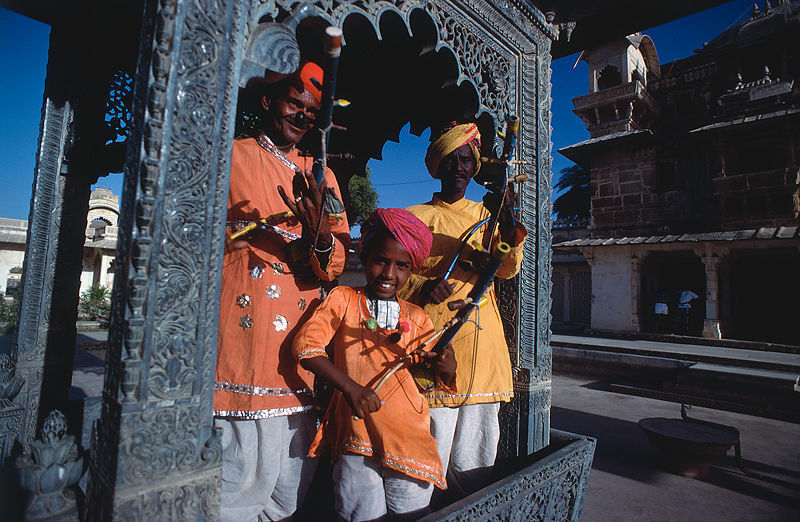
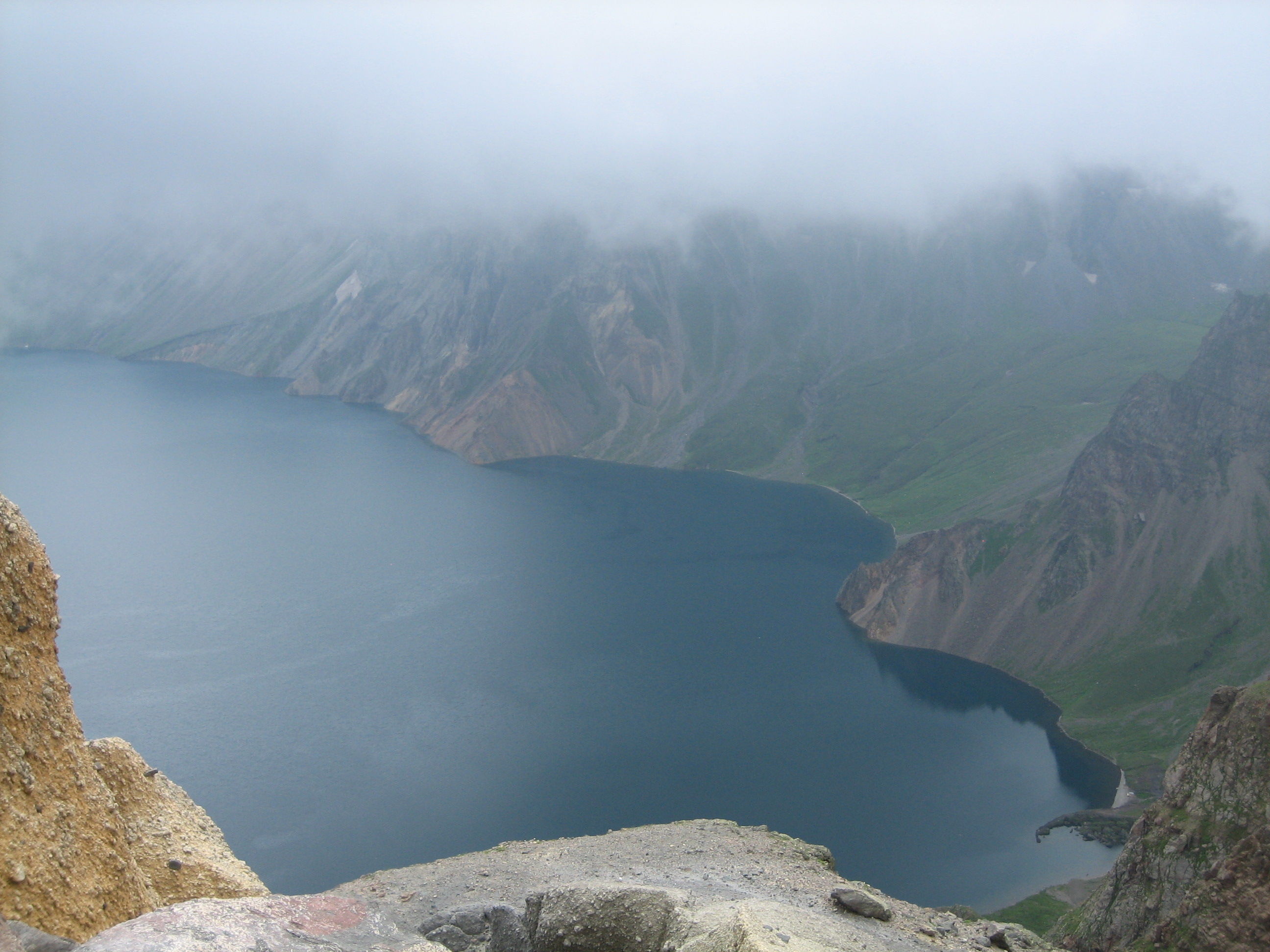
This is insanely beautiful! I regret so much that I've missed it!!!
If you are travelling to china and you know little about China and its culture than you must opt to stay as a homestay in china .You can learn language and culture and other helpful things. Homestayglobal.com provides such facilities. Have a nice trip to China.
I am in india and i am planning to travel to china can you give me some infromation about where to live and where to go ?
Indian festivals speak of India's rich cultural and traditional background. The colorful festivals are an integral part of every Indians. The festivals play an important part in promoting the traditional handicrafts and tourism of India. The rich cultural heritage of India attracts the Western world during the celebration of important festivals like Onam, Holi, Durga Puja and many more. Every region celebrates their festival according to their regional customs and rituals. The commonness in all the celebration is that it celebrates humanity. Some of the common rituals, which are followed in most of the festivals, are processions in the streets, decoration of homes and sacred places such as temples and traditional and folk song and dance performances. Most religious festivals have elaborate prayers, traditions, customs and rituals attached to them. The elaborate celebration and the multitude of festivals in India, each with their own unique legends and significances often awe the foreigners who come to visit India.